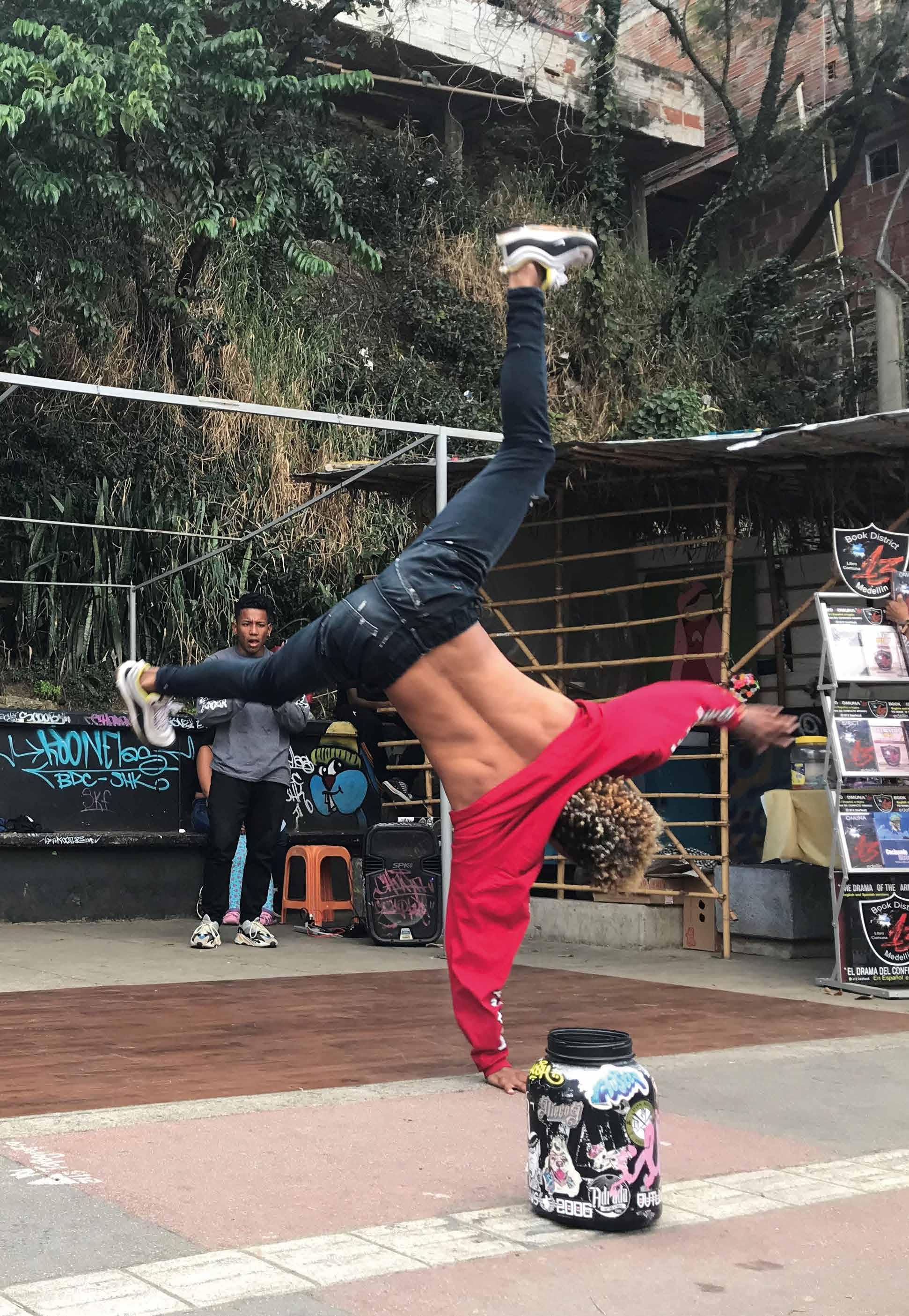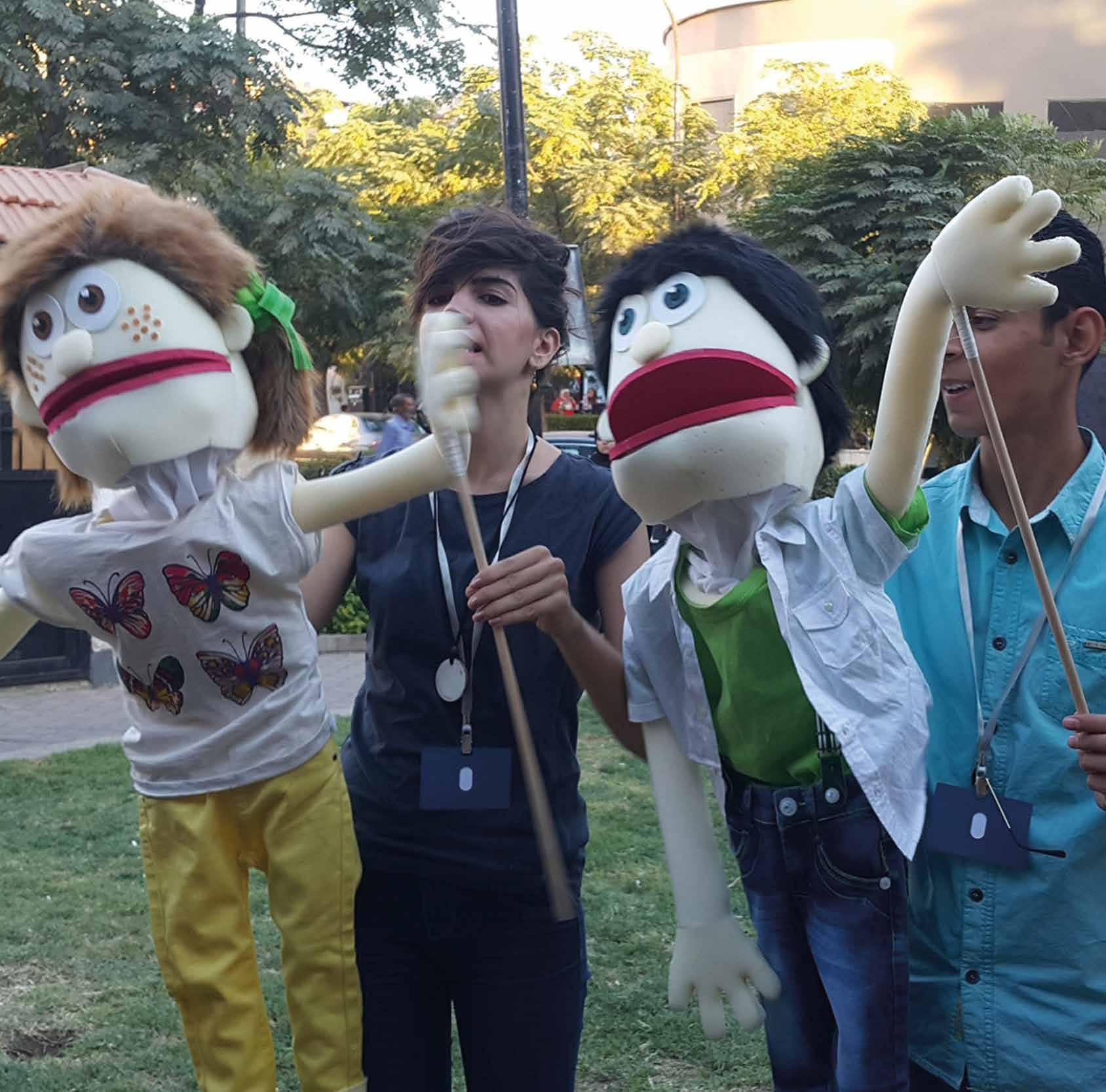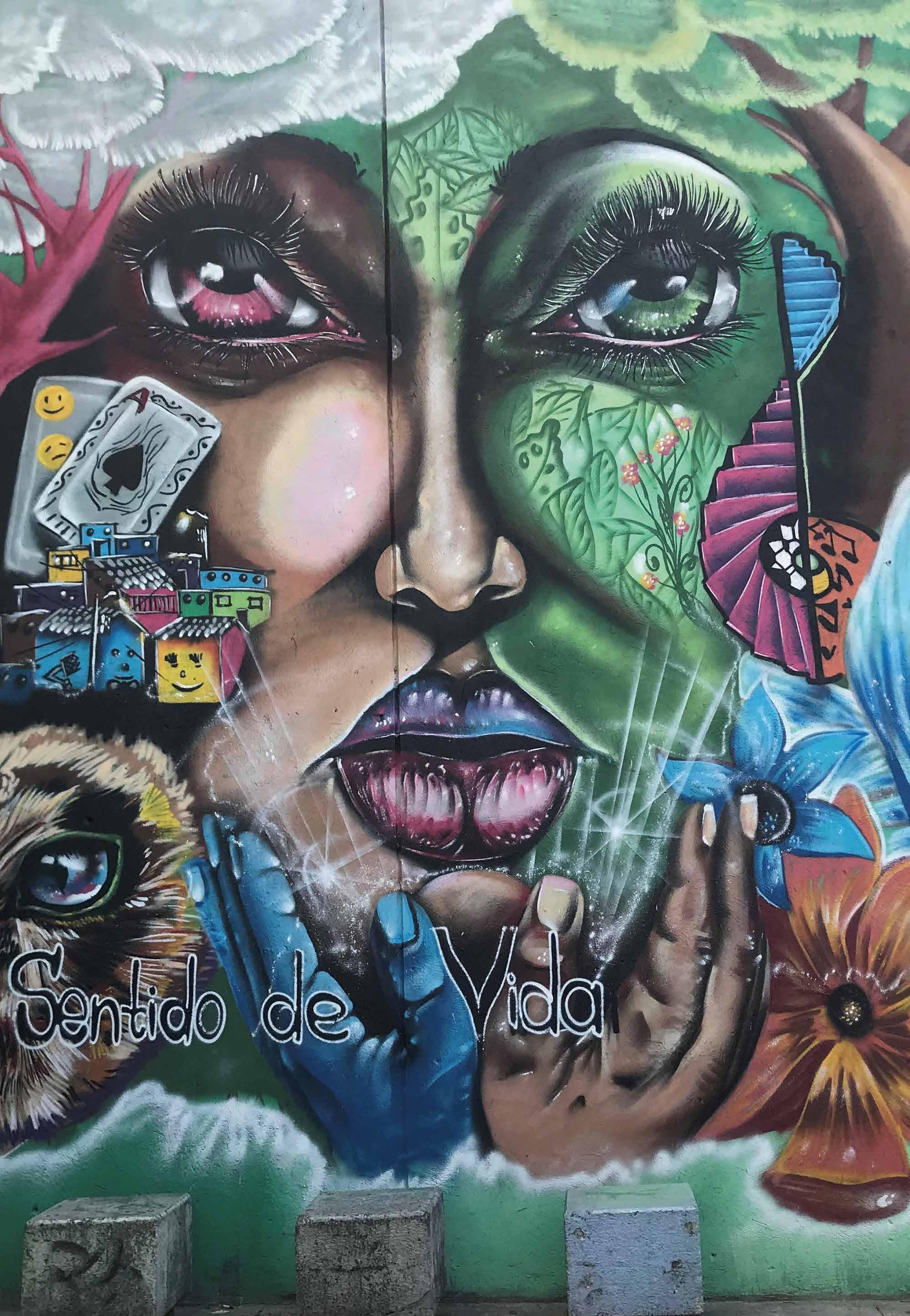
2 minute read
Foreword
from The Art of Peace
by ccse_uws
In my experience as a refugee and peacebuilder, conflict resolution needs to take account of the impact of violence on communities as well as on the main political actors. The signing of peace agreements may lead to an end to violence, but does not translate directly into lasting peace and security. This requires interventions which are locally rooted and owned, and which go beyond the high-level agreements of political deals. Mistrust and division need to be replaced with peaceful coexistence between individuals and groups. Creative and artistic programmes can contribute to this goal, by enhancing social cohesion, tolerance, diversity and resilience. Artists usually stand on the front line of peacebuilding during times of conflict. In Syria, filmmakers and citizen journalists have become storytellers and civil society activists. Artists have produced films which challenge divisive and extremist narratives and give voice to the most vulnerable. I have seen and heard many examples of the positive power of arts and culture during the Syrian crisis. ‘Cinema is a basic need during this conflict’, a displaced Syrian artist told me at a training workshop supported by the British Council in Turkey. And in Lebanon, where over a million Syrians have sought refuge, I have seen the impact the arts have on young people affected by conflict. Participants in another British Council-backed programme described to me how the activities increased their confidence and self-esteem, helped them make sense of the war and overcome psychological problems. This new research from the British Council and the University of the West of Scotland is a valuable contribution to our understanding of the role of the arts in supporting global peace. It highlights the importance of placing local actors at the heart of programmes, from design to implementation. This resonates with my own work, where projects based around grassroots actors and local culture are more acceptable to the community and make a more effective contribution to peace. Local ownership is particularly important in the highly politicised context of civil wars, to avoid the risk of projects being compromised through co-option by state or non-state actors involved in the conflict. Another important finding of the research is the role of cultural identity in repairing the damage that conflict does to the social fabric. The report highlights how music has been a source of unity during Colombia’s difficult transition to peace, and how theatre has been part of Rwanda’s efforts to build a new relationship and shared national identity between the different sides. This report provides an impetus for cultural relations organisations to reassess the role that culture can play in development and peacebuilding. It is also an opportunity to help increase recognition of the role that the arts can play as a part of international efforts to build a true and durable peace in fragile and conflict-affected countries.
Abdulhamid Qabbani,
Advertisement
Director, Jouri Research and Consulting, and British Council consultant
Palestinian dance group performs at a community festival supported by the Ettijahat – Independent Centre and the British Council.





